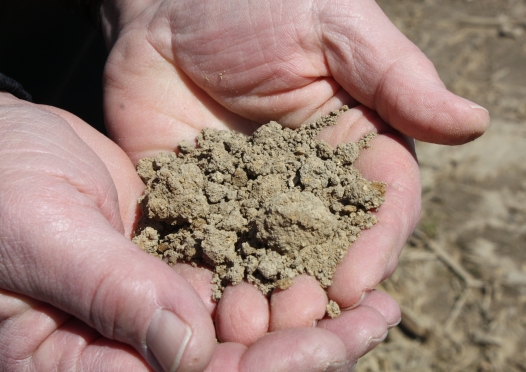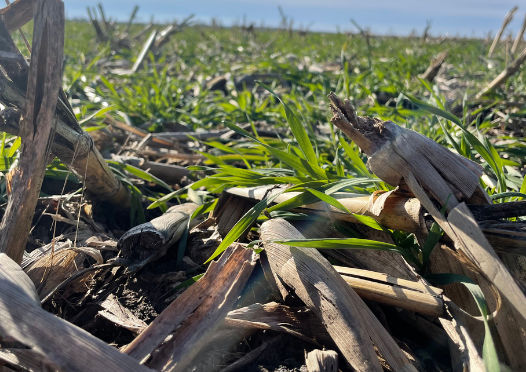ILSOYADVISOR POST
The State of Carbon: Which Way is Up?
If your eyes and email inbox have glazed over about carbon credits and carbon markets, you’re not alone. It’s dizzying… and tempting to ignore. But ignore at your own financial and operational peril.
Here are a few considerations as we launch into 2022 and a new growing season this spring:
1. Carbon markets – and “ecosystem markets” that address other items like water quality – are here to stay. The consumer, political, and corporate interest around climate change and sustainability that drive these markets are permanent, not passing. And while the incentives may seem like small dollars-per-acre in a world of $5 corn, all indications are that per acre payments will ramp up as markets and standards mature.
2. It’s still (very) early – arguably too early – to have your whole farm signed up. Payment structures, contract duration, and legal terms are still very much in flux. One of the thorniest issues – how to address long-term carbon contracts on rented ground – hasn’t been solved particularly well.
3.It’s not too early to get your data house in order. For years farmers have struggled to see the dollars-for-data for their farm operations, but carbon and ecosystem markets are one area where if you don’t have the data, you won’t see the dollars. Although program requirements vary, expect a future in which you’ll need a digital record for every pass across the field.
4. Start to prioritize your fields, practices, and trials. You might reserve a few fields for your own seed trials, but what about tillage trials or cover cropping? Not all programs or financial incentives are the same, and if you can’t answer with confidence what works on your farm, enrolling on a multi-year carbon program that includes practices changes may be more of a gamble than you want.
5. Appoint your carbon czar. Who in your farm operation is going to be the point-person for carbon and ecosystem markets? Or is it going to be your trusted agronomist or consultant? Multiple people who are only partially current on market developments and data requirements means you’re operations is still only partially current.
Thankfully, 2021 saw an increasing emphasis on overview and comparison tools, like the resources available from the Illinois Sustainable Ag Partnership. Use them!
At Soybean Summit on February 1st, the presentation “The State of Carbon: Which Way is Up?” will focus on the different types of carbon programs and markets, highlight the leading offerings, and discuss the implications for your farm operation.

.png)



Comments
Add new comment